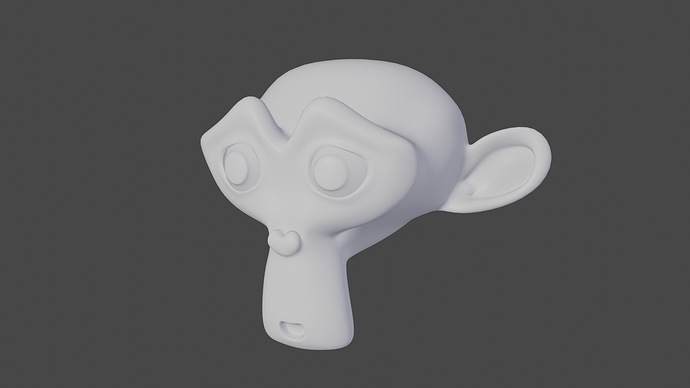
So what I'm saying is that the tint of the old footage was more the result of the film stock and post processing, rather than reflected light from the blue screen. The red channel can then be manipulated to turn the ship into various shades of Cyan, as it appeared in TOS. The bright blue shine of the colour spill has been replaced by shadows with a slightly cyan tint. The blue spill is gone, and the more red-orange-yellow-brown elements have taken on a more pinkish hue as they did in many shots from TOS. So I loaded the same rendered image into photoshop, and simply deleted the luminance of the blue channel and replaced it with the luminance of the green channel, and here is the result: Now, I had a quick look on Wikipedia to try and learn about the process they would have used at the time, and one of the things that stuck out to me was the technique Petro Vlahos developed to improve blue screen compositing by separating the colours of the film stock and taking advantage of the fact that the green and blue light content are roughly equal in most scenes. What I'm referring to is shots of the ship like the ones you can find at 1:19 and 1:35 in Doug Drexler's reference video, where the ship appears very blue.Ĭontrast this with the shots from around 5:50-6:00, which show pretty heavy colour spill around the edges, and much more in line with the results I've been getting in my renders: In fact, when I render my model against the blue background with GI, the saucer can become almost entirely blue depending on the incidence angle.

The only explanation is blue screen spill.


You'll notice on certain shots that the Enterprise is more blue around the edges and greying in the middle. Interesting speculation, but in the end, the blue screen did indeed affect the color of the ship.


 0 kommentar(er)
0 kommentar(er)
